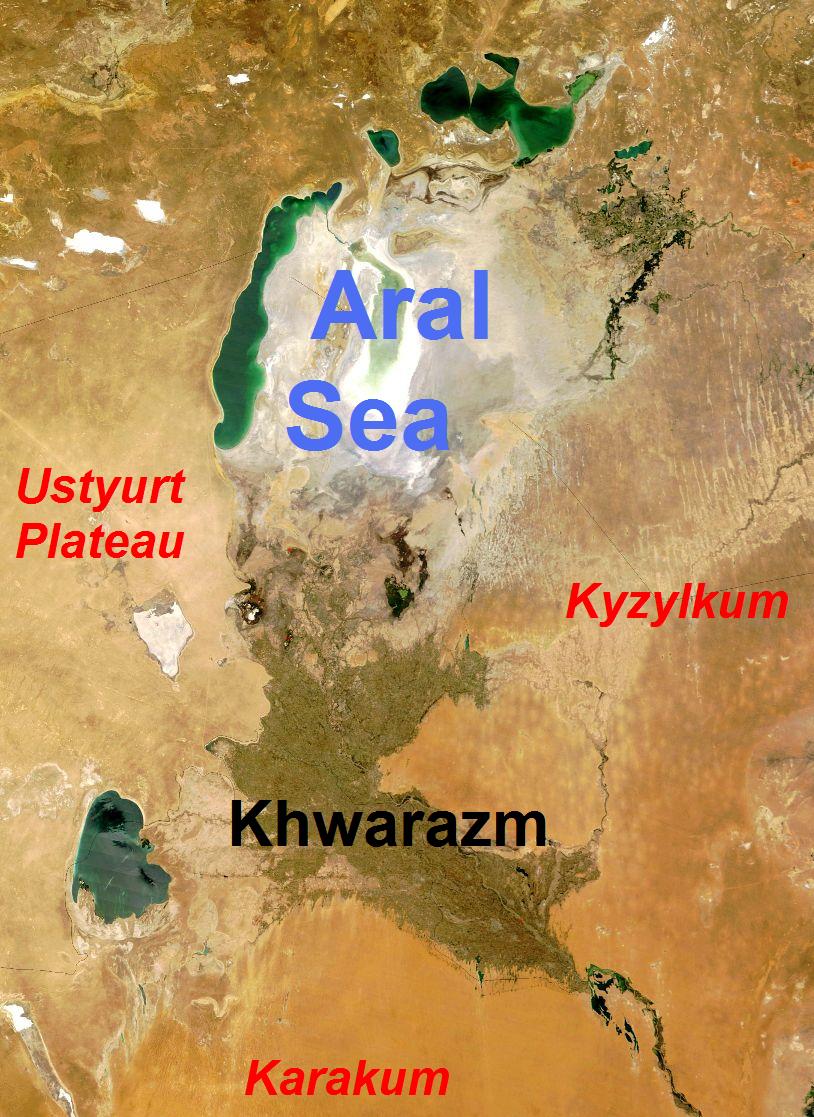Chowdur on:
[Wikipedia]
[Google]
[Amazon]
 The Chowdur (meaning
The Chowdur (meaning 
herder
A herder is a pastoral worker responsible for the care and management of a herd or flock of domestic animals, usually on open pasture. It is particularly associated with nomadic or transhumant management of stock, or with common land grazi ...
) or Choudor are one of the ten major groups of people who merged after 1920 to form the modern Turkmen Republic. They live primarily in and around the Khorezm Oasis
Khwarazm (; Old Persian: ''Hwârazmiya''; fa, خوارزم, ''Xwârazm'' or ''Xârazm'') or Chorasmia () is a large oasis region on the Amu Darya river delta in western Central Asia, bordered on the north by the (former) Aral Sea, on the e ...
.

History
The Choudor are thought to belong to the original Turkmen group and the left flank of Oghuz Khan's army. They lived by the Caspian Sea since approximately the beginning of the second millennium. Abul Ghazi tells us they arrived in Mangyshlak as early as the 11th century. Prior to the rise of Toghrul Bek (the first Seljuk ruler, 1038 until 1063), many tribes followed the lead of their tribal leaders Kilik bek, Kazan bek and Karaman bek and settled in Mangyshlak. Most of them were members of the Imir, Dukur, Düker (Döger), Igdir, Chavuldur, Karkin, Salor or Agar (Ajar) tribes. In 1219, the Mongols crushed the Khwarazm Shah and his Turkmen/Azeri
Azerbaijanis (; az, Azərbaycanlılar, ), Azeris ( az, Azərilər, ), or Azerbaijani Turks ( az, Azərbaycan Türkləri, ) are a Turkic people living mainly in northwestern Iran and the Republic of Azerbaijan. They are the second-most nume ...
allies. Two years later, in 1221, the Mongol conquest pushed the Oghuz tribes including the Choudur from the Syr Dara region into the Kara Kum area and along the Caspian Sea.
Many Choudur appear to have stayed on the Mangyshlak Peninsula from then through the Timurid and the Shaybanid Uzbek periods, beginning the Turco-Mongol
The Turco-Mongol or Turko-Mongol tradition was an ethnocultural synthesis that arose in Asia during the 14th century, among the ruling elites of the Golden Horde and the Chagatai Khanate. The ruling Mongol elites of these Khanates eventuall ...
transformation of these originally Oghuz people.
In the early 16th century, the Choudur were a confederate or aymaq in the Salar Sayin Khani confederation. The Choudur were primarily concentrated in the Mangyshlak Peninsula on the northeastern Caspian coast. The Kalmuks moved into the Mangyshlak Peninsula, the Sayin Khan confederation broke up and the Choudur ended up southeast of Khiva
Khiva ( uz, Xiva/, خىۋا; fa, خیوه, ; alternative or historical names include ''Kheeva'', ''Khorasam'', ''Khoresm'', ''Khwarezm'', ''Khwarizm'', ''Khwarazm'', ''Chorezm'', ar, خوارزم and fa, خوارزم) is a district-level city ...
loosely confederated, but under the authority of the Yomud. There are indications that some Choudur ended up in the mid Amu Darya region near north of Charjui. Under the Khiva Khanate during the nineteenth century, Choudur included the Igdir, Bozachi, Abdal, and Arabachi tribes.
In 1743, the Yomud captured Khiva briefly and again in 1767, but that time they held it for three years. In 1770, the Muhammad Amin Inaq of the Qungrats, defeated the Yomuds and founded the Qungrat dynasty. Part and parcel of this was the breakup of the Yomud which gave the Choudur autonomy from the Yomud, but still under the Khiva/Khwarezem Khans.
Lifestyle
Turkmen living in the Murgab River delta (Margiana
Margiana ( el, ''Margianḗ'', Old Persian: ''Marguš'', Middle Persian: ''Marv'') is a historical region centred on the oasis of Merv and was a minor satrapy within the Achaemenid satrapy of Bactria, and a province within its successors, the Se ...
oasis) traditionally farmed and herded karakul and fat-tailed sheep
The fat-tailed sheep is a general type of domestic sheep known for their distinctive large tails and hindquarters. Fat-tailed sheep breeds comprise approximately 25% of the world's sheep population,
and are commonly found in northern parts of Af ...
with some goats. Camels were herded separately.
Herders (''chovdur'' in Turkmen) covered an area around the oasis to the north. Each chovdur knew the wells, the temporary summer camps (''yazlag'') and the winter houses or camps (''gyshlag'') which were grouped in villages in the oasis. The ''gyshlags'' were all located in the cultivated areas, where herders could find late forage and reeds for shelters.
The Choudur tribe, particularly those members who settled in Khorezm oasis
Khwarazm (; Old Persian: ''Hwârazmiya''; fa, خوارزم, ''Xwârazm'' or ''Xârazm'') or Chorasmia () is a large oasis region on the Amu Darya river delta in western Central Asia, bordered on the north by the (former) Aral Sea, on the e ...
' Kalinin district also speak the Choudur dialect. It is considered one of the major dialects spoken in modern Turkmenistan along with Arsari, Goklen, Teke, Salir, Sarik, and Yomud.
References
Sources
*Wixman. ''People of the USSR''. p. 47 *TUrkmen Reference Grammar P.18 {{Oghuz tribes Ethnic groups in Turkmenistan Oghuz tribes Turkmen tribes